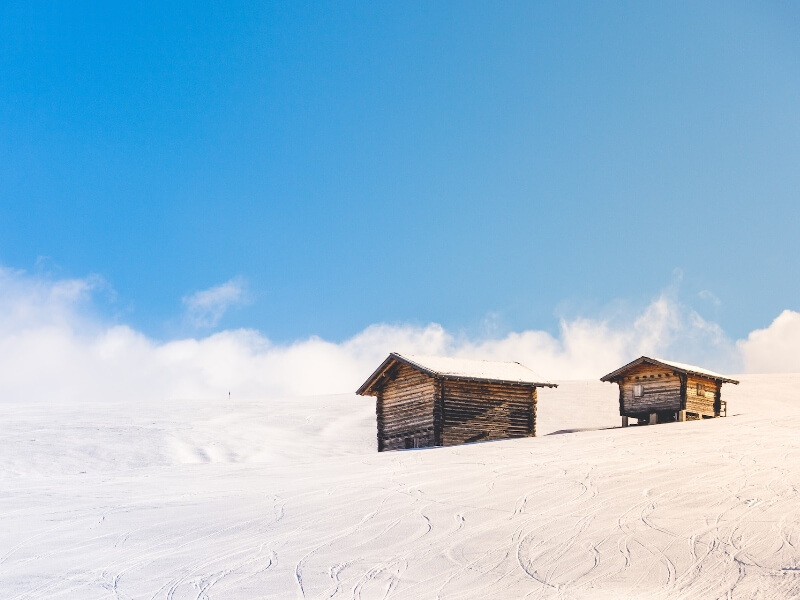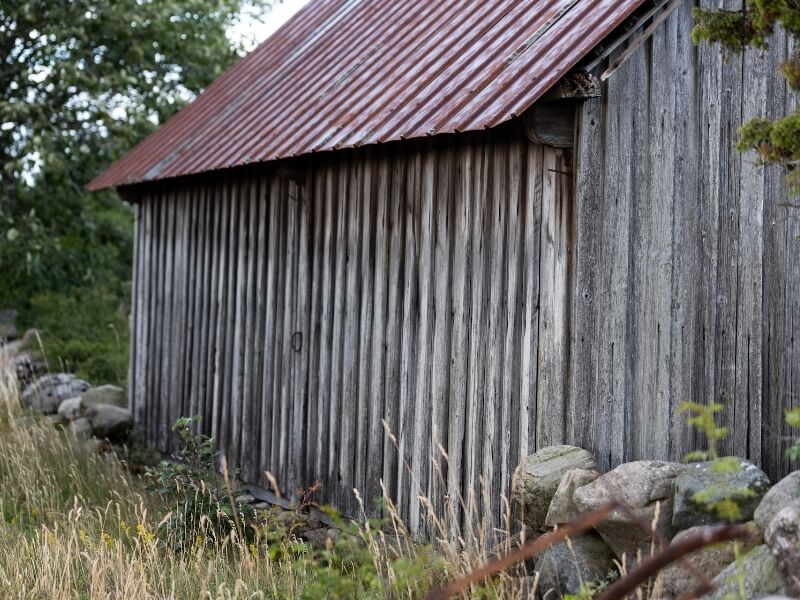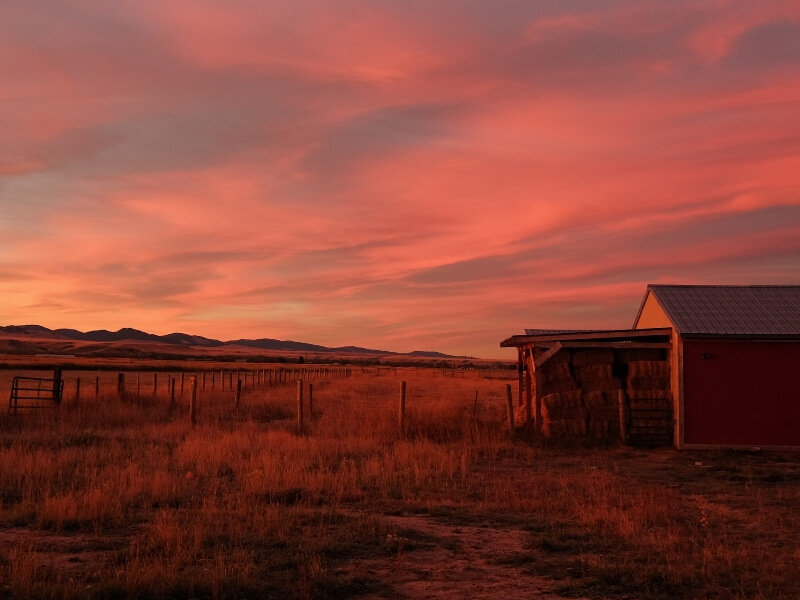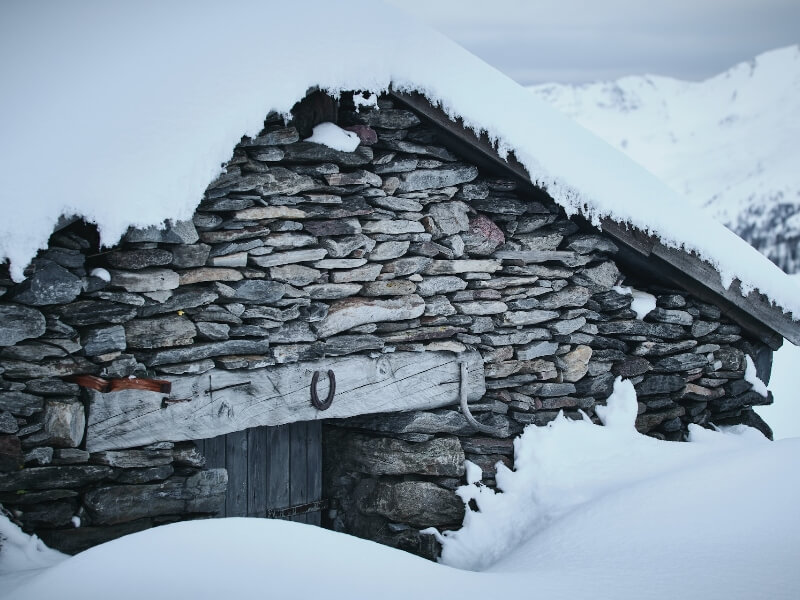A private retreat is a prepper’s best friend. In an SHTF scenario or severe natural disaster, a hidden sanctuary can set you up for long-term survival.
These six retreat planning strategies will help you find the perfect location and create a secondary sanctuary fit for a true prepper.
1. Plan Small
First, you need to plan small. A 50-acre homestead might be a great primary residence, but a private retreat can’t take up that much space. Remember — this place is supposed to be a secret refuge that only your family knows about. It should be tucked away on a smaller plot of land where nobody can stumble upon it.
You also need to plan small in terms of your budget, since retreat planning is expensive. A basic 200-square-foot fallout shelter costs $60,000 on average, while more extravagant ones can reach up to $250,000. After paying the construction costs, you also have to stock the shelter with food, appliances and many other expenses.
2. Find the Right Piece of Land

With a “plan small” mindset, you’ll have an easier time finding the right piece of land. The spot you choose for your survival retreat must have a few important qualities:
– Isolation: Your location should be in a sparsely populated area far from the closest town or city but not so far that you can’t make any supply runs. 30 to 40 miles is a safe distance. In a perfect world, you won’t have neighbors at all.
– Defensive terrain: The terrain should serve as a natural defense for your retreat. Locations in dense woodlands or mountains are ideal because they can provide concealment and make your retreat impossible to access without intimate knowledge of the area.
– Water source: It should go without saying that your retreat needs a water source that’s available year-round. Small ponds and streams are inadequate because they might dry up during the summer or freeze in winter. Look for a fast-moving creek or river where you can filter large amounts of water that shouldn’t run out anytime soon.
– Healthy soil: Lastly, your retreat needs healthy soil for growing food or raising livestock. It doesn’t have to be a vast field of fertile soil, but you should at least have a backyard-sized growing or grazing area to get started.
Once you find a plot of land that checks all four boxes, make the purchase as soon as possible. You’ve found a highly covetable location other survivalists are searching for, so make sure you get your hands on the land first.
3. Choose a Simple DIY Structure to Build

The hardest part of creating a survival retreat is building the main structure. If you chose a secluded location, construction crews won’t be able to reach the site with all their heavy machinery. You may have to rent equipment and tackle the project DIY style, which means the structure needs to be simple.
There are a few types of rudimentary survival shelters, including cabins and earth-sheltered homes. The first choice is more attractive because you can order a custom log cabin kit and have the lumber delivered to your property. After that, you just need to rent the necessary tools and equipment. For starters, forklift rentals cost $512 per day on average or around $2,100 per month.
4. Create Your Own Power Source
An independent power source is the most essential off-the-grid resource for all survivalists, no matter how small your sanctuary is. It’s the only way you can completely disconnect from the outside world. Solar panels are the best choice, but you can also get hydroelectricity from running water. Wind turbines draw too much attention.
Having your own power source will give you access to more lighting and heating options, not to mention countless other electronics. You don’t want to overflow the shelter with appliances, but you certainly need radios, medical equipment and portable power sources in case you need to evacuate.

5. Start Stockpiling Supplies
Once the main structure is complete, don’t wait to start stockpiling supplies. You might have to take some stuff from your homestead’s shelves at first, but it’s vital to make the shelter habitable right away. You never know when disaster will strike.
Start by establishing a storage area for your food and water. To keep your survival retreat concealed and prevent animals from stealing your food, an underground root cellar is highly recommended.
You can dig it right next to the main structure and leave food there for weeks without concern. Once you take care of food and water, you can start thinking about fuel, weapons and first-aid supplies.
6. Have an Evacuation Plan
Finally, you need to have an evacuation plan. There are many reasons you might have to leave your survival retreat — fire, flooding, nuclear fallout, water contamination or forced relocation by the government, just to name a handful. Start by putting together a bugout bag and mapping out an escape route.
Your escape route must account for all potential threats, including humans. In a genuine SHTF scenario, other people will be your most immediate threat once you leave the safety of your survival retreat. Stay armed, polish your self-defense skills, and don’t let anyone try to take over your land.

No Sanctuary is Permanent
Although a survival retreat is an excellent backup plan for emergency situations, no sanctuary is permanent. If you have to retreat from your primary residence, the same thing can happen to your secondary one. That’s why you need to plan small, focus only on the essentials, and always be prepared to relocate.
=====
Become a Survival Dispatch Insider …
We bring together survival enthusiasts and preppers to share skills and knowledge, so you can enhance your preparedness for emergencies and ensure the safety of you and your community.
The Results You’ll Get …
Our community, courses, and memberships are pretty special. We’re focused on the ways it will make a huge difference in your life.
Here are a few of the things you’ll be able to do as a member of Survival Dispatch Insider …
1) Improve your emergency preparedness by learning survival skills and strategies from experienced preppers.
2) Build lasting connections with like-minded individuals that share your passion for safety and readiness.
3) Access a wealth of knowledge and resources to assist in protecting you and your community during unexpected situations.
Click HERE to get started.
======
